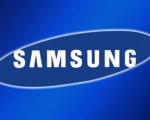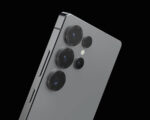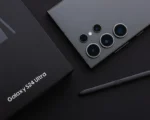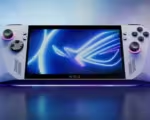Samsung XR Headset Could Be Available for Developers in October, With a Full Launch Expected in 2025: Report
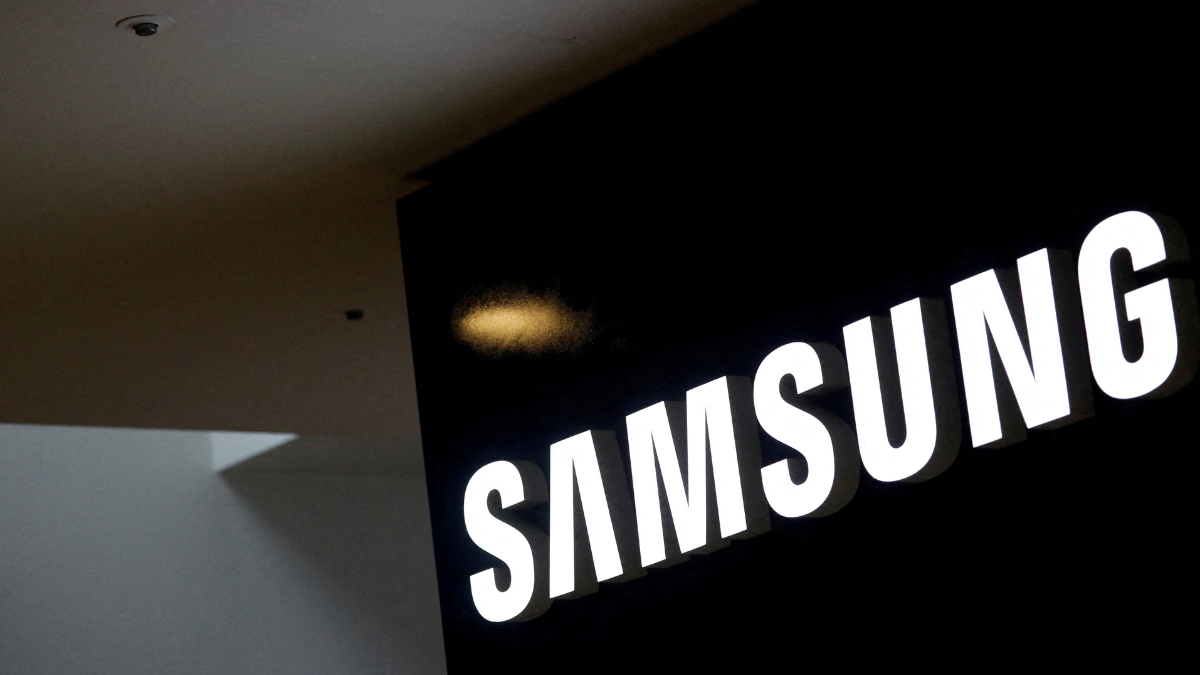
Samsung XR Headset Expected to Rival Apple Vision Pro and Meta Quest Upon Full Release in 2025
Samsung’s anticipated XR headset, a key component of the company’s push into extended reality (XR), is expected to become available to developers by October 2024. This timeline aligns with previous teasers from Samsung’s Galaxy Unpacked event, where TM Roh, President and Head of Mobile eXperience Business, hinted at an imminent release. However, while the developer version might hit the market in the latter part of this year, the general public may have to wait until 2025 for the full launch.
According to a report by Business Insider, Samsung’s XR headset is being developed in partnership with Google, leading to speculation that it will feature an Android-based operating system specifically tailored for XR applications, known as Android XR. This integration suggests a close collaboration between Samsung and Google, aimed at delivering a seamless and sophisticated user experience. Despite these developments, the headset’s readiness for a broad release appears to be delayed, with the latest estimates pushing the public launch to the first quarter of 2025, potentially around March.
The report reveals that the early developer version of the headset, codenamed “Moohan,” is set to provide developers with the opportunity to test and refine applications on the new platform. This version is expected to offer insights into the headset’s capabilities and limitations, allowing developers to prepare their software for the anticipated full release. Samsung’s approach to releasing a developer kit ahead of the public launch is a strategic move to foster a robust ecosystem of apps and tools for the headset.

Despite the excitement surrounding the XR headset, this is not the first time Samsung’s release timeline has encountered setbacks. The device has faced several delays as Samsung works to perfect the technology and ensure that it meets the high standards expected from a flagship XR product. These delays highlight the complexity of developing advanced XR hardware and the challenges involved in bringing such innovative technology to market.
Samsung’s XR headset is expected to compete directly with other high-profile XR devices, such as Apple’s Vision Pro and Meta’s Quest series. These competitors have set a high bar for XR technology, and Samsung’s offering will need to distinguish itself with unique features, performance capabilities, and a compelling user experience to gain traction in the competitive XR landscape.
As the industry eagerly awaits further details, Samsung’s XR headset promises to be a significant player in the future of extended reality. With its developer release approaching, the tech community is keenly watching how Samsung’s collaboration with Google will shape the next generation of XR experiences and how the headset will ultimately fare against its established rivals in the market.






